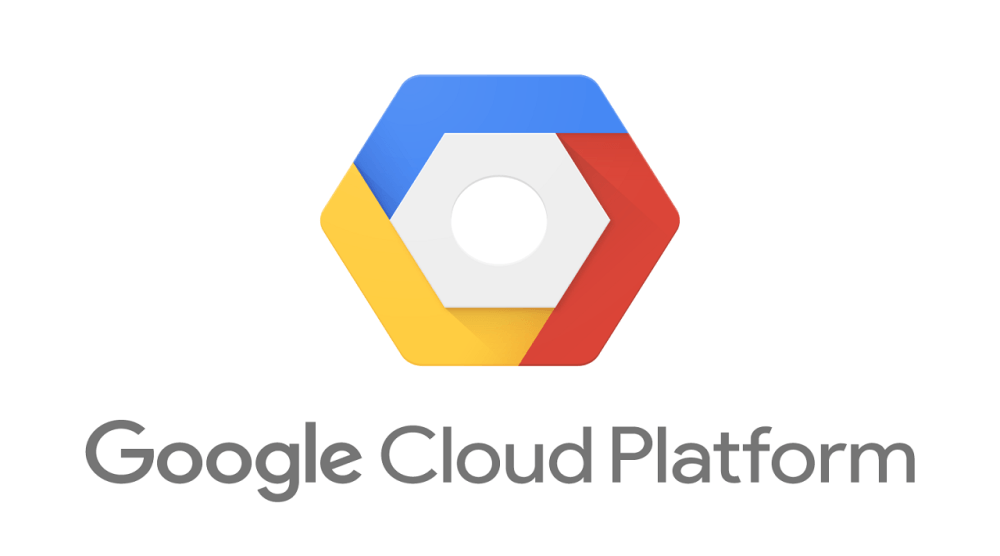Key Services by Google Cloud Platform (GCP)

1: Compute
App Engine: You can create and host applications using App Engine on the same infrastructure that powers Google applications. Fast development and deployment, easy administration without having to worry about hardware, patches, or backups, and effortless scalability are all features of App Engine.
Compute Engine: Compute Engine provides scalable and flexible cloud virtual machine computing capabilities, including the ability to use a specific Graphical Processing Unit (GPU) or Tensor Processing Unit (TPU) (TPU). On Google's computing, storage, and networking infrastructure, you can use Compute Engine to solve large-scale processing and analytic problems.
Google Cloud VMware Engine (GCVE): GCVE is a managed VMware as a Service (VaaS) solution designed specifically for running VMware workloads on the Google Cloud Platform. Customers can run VMware virtual machines natively in a dedicated, private, software-defined data center using GCVE.
2:Storage
Cloud Storage: Cloud Storage is a service that allows you to store and access your data on Google's infrastructure. The service combines Google's cloud's performance and scalability with advanced security and sharing capabilities.
Persistent Disk: Persistent Disk is a high-performance and long-lasting block storage service for the Google Cloud Platform. Persistent Disk provides SSD and HDD storage that can be attached to Compute Engine or Google Kubernetes Engine instances.
Cloud Filestore: Cloud filestore is a Google-managed scalable and highly available shared file service. Cloud Filestore offers persistent storage, which is ideal for shared workloads.
3: Databases
Cloud Bigtable: Cloud Bigtable is a highly scalable, fully-managed NoSQL database service. It is intended for the collection and storage of data ranging from 1TB to hundreds of PB.
Datastore: Datastore is a non-relational datastore that is fully managed and schemaless. It has a robust set of query capabilities, supports atomic transactions, and scales up and down automatically in response to load. With no code changes, it can support an application with 1,000 or 10 million users.